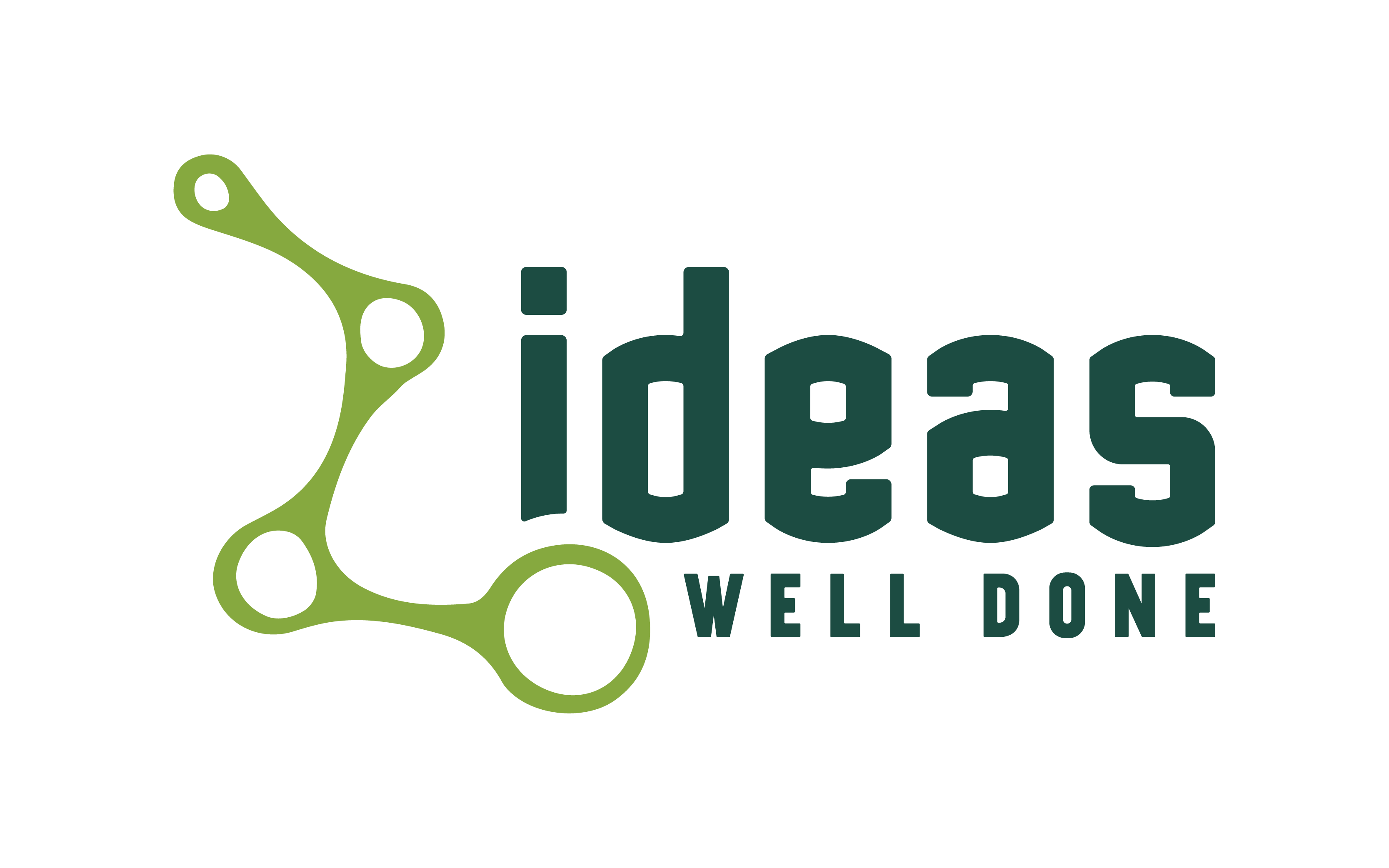How a pandemic caused online ordering at restaurants through Toast POS to soar
Overnight, in-restaurant dining shut down. Businesses that traditionally did minimal or no to-go orders had to build their takeout business to survive. Businesses that already offered takeout had to grapple with a massive increase in order volume and implement contactless payment where possible. Options such as Toast POS were the obvious answer to this challenge.
Toast POS and its competitors allow any restaurant to create their own website with online ordering. A restaurant can build its entire menu on the website, even offering options for each meal (like blue cheese or ranch with your wings). Once the customer has built their order, Toast POS functions as a credit card merchant and will charge the customer, even including an option for the tip. Lastly, the confirmation given to the customer will provide an estimated order completion time. Prior to an offering like Toast POS, online ordering was too costly and too technically complex of a customized software solution for the typical independent restaurant.
Consider how a solution like Toast POS impacts a small business’ takeout order entry. During high volume, a restaurant would need to staff a person or multiple people to take orders from customers over the phone. An employee on the phone can only take one customer order at a time, placing other customers on hold. How many customers hung up because they did not want to wait? How many orders were miss understood over a poor connection? It is hard to know exactly, but services like Toast POS eliminate these challenges.
With systems like Toast POS, customers enter their own orders without speaking with anyone. Customers have multiple opportunities to review their order to ensure they get what they want. The order information and payment are transferred instantaneously to the restaurant. Toast POS will queue orders for the kitchen.
How a modern system like Toast POS can help the Back of House
Toast POS and its competitors have been a boon for restaurants and customers alike. A busy kitchen will have multiple stations and many kitchen staff. It takes the whole kitchen working together to effectively deliver a quality meal on time for the customer. Systems like Toast POS help provide order information in real time to each station. This allows a restaurant to streamline its Back of House (BOH) operations to a level tantamount to a lean manufacturer.
In manufacturing, we often refer to the slowest operation in the production stream as the “bottleneck.” The bottleneck has the lowest throughput of all the steps necessary to deliver a meal. Regardless of all other improvements made to a kitchen line, a meal will never come out more frequently than the total time it takes to complete the bottleneck step. For this reason, manufacturers typically locate the bottleneck in their operation and determine ways to improve its throughput. In a restaurant, order entry (especially phoned-in takeout orders) and dissemination through the kitchen can be the bottleneck of the whole operation. Systems like Toast POS will accelerate order entry to such a great extent that it may no longer be the bottleneck. Now, a station that was never noticed in the past, seems to be holding up the kitchen. This is where the term continuous improvement comes in. When the “bottleneck” is no longer the slowest operation, a new one emerges or must be identified and then improved.
QSRs and Chain Restaurants Should Look Beyond Systems like Toast POS
Restaurants with many locations may be looking to develop or improve their custom POS system or implement a commercially available product like Toast POS. If the business is looking to streamline its BOH, we say:
Improved POS is nice for today, but what about tomorrow?
With increased demand rolling through your kitchens, are you equipped to keep up?
Which cooking or prep station will become your new bottleneck?
Systems like Toast POS are still passing information to a human operator. The person receiving this information uses judgment to determine when to toss more patties on the grill or drop another basket of fries. Depending on the shift, different operators are faster or slower or perform their tasks in slightly different ways. It takes a full team of very well-trained, experienced kitchen staff to make the kitchen hum.
Imagine the kitchen of the future where the most high-volume stations could be fully automated equipment. The machines can be optimized for throughput, and they complete the task in the same amount of time, every time, down to the second. Systems like Toast POS will be there to not only send orders to the kitchen and its machines, but to coordinate each machine based on demand and takt time.
OK, so you might be thinking, “Are you seriously suggesting we fire our kitchen staff and replace it with machines?”
Of course not. In fact, if there is one thing that I have realized these last 18 months, it is how much I miss human interactions. Humans are what makes restaurants great! In our article titled The Future of Technology Used in a Restaurant we discuss how machines can be used to take over redundant, unpleasant, or unsafe tasks. Technology means that employees can be shifted to more value-added positions that enhance the customer experience.
Foodservice equipment manufacturers and national chain restaurants who are not thinking about the next step of automating and connecting their kitchen will fall behind the pack. To stay ahead of production needs, the automated kitchen is the only way. Now is the time for equipment manufacturers and restaurant chains to work together to develop the kitchen of the future.



